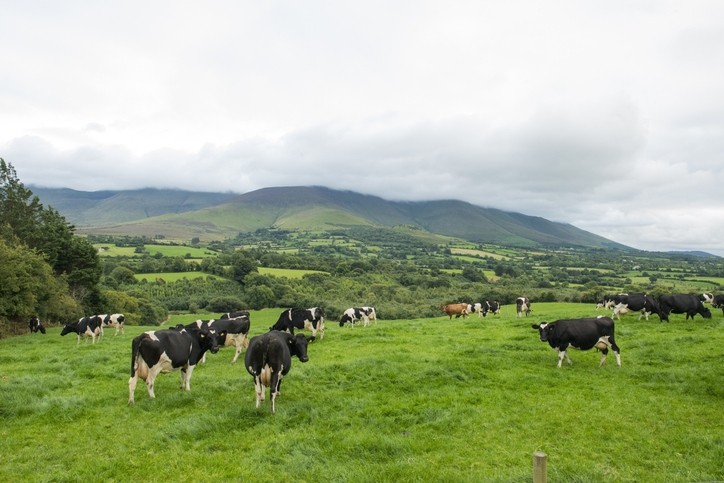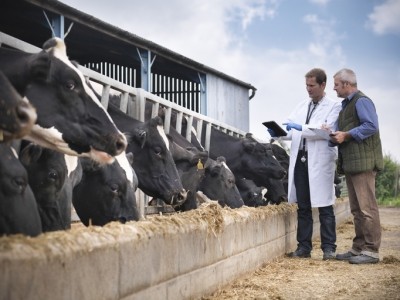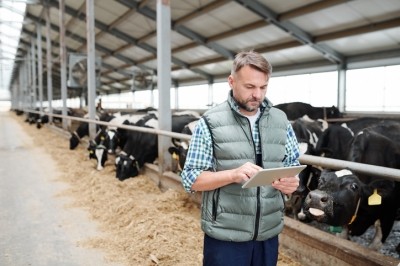Ireland: Farmers furious over 25% carbon emissions reduction target

Irish Farmers Association (IFA) president, Tim Cullinan, called the sectoral emissions ceiling for agriculture “a potentially devastating blow for Irish farming and the rural economy.”
It is higher than the 22% reduction, compared to 2018, that farmers had been anticipating.
The IFA lead said the deal agreed yesterday, July 28, between the ruling coalition parties was more about the survival of the government rather than the survival of rural Ireland.
“The government has agreed to a target without any pathway to get there or any budget to assist farmers to reduce emissions. They have no idea of the economic and social impact of today’s decision on the farming sector or rural Ireland.”
He said Irish policymakers will have to come forward with real proposals and proper funding to support climate measures including on-farm renewable energy and ensure that farmers get full credit for this.
Ireland’s minister for agriculture, food and the marine, Charlie McConalogue, said the ceiling for agriculture falls within the target range assigned to the sector under the country’s Climate Action Plan 2021. In that strategy document, the farm sector was allocated emission cuts of between 22 and 30%.
“This target reflects a very challenging but achievable ambition for the sector. The protection and enhancement of our sustainable food production system, while ensuring that agriculture plays its part in climate change mitigation, has been a priority for this government,” said the minister.
Pat McCormack, president of the Irish Creamery Milk Suppliers Association (ICMSA), a specialist dairy farmer organisation, called the government’s move a “sell-out” of the family farm model.
He said the decision to go past 22% to 25% was not realistic, and, if not realistic, then “the whole process loses all momentum, trust and confidence.”
Methane emission levels a concern
But data from the Environmental Protection Agency (EPA), published earlier this month, shows that emissions from agriculture grew by 3% last year. Those emissions were driven by a 5.2% hike in fertilizer use and a 2.8% increase in the number of dairy cows, with a higher milk production, of 5.5%.
Data released in June 2022 from that agency found that methane emissions from agriculture would need to be reduced by almost 30% by 2030 to meet a 22% cut in farming related emissions.
The EPA called on the farming community then to clearly set out how that would be achieved, with growing uncertainty around how the sector would even deliver that lower end of the emissions reduction range needed by the ever-closer 2030 window.
The Irish government yesterday stressed that the national climate target of 51% reduction by 2030 can only be met if all sectors work together.








